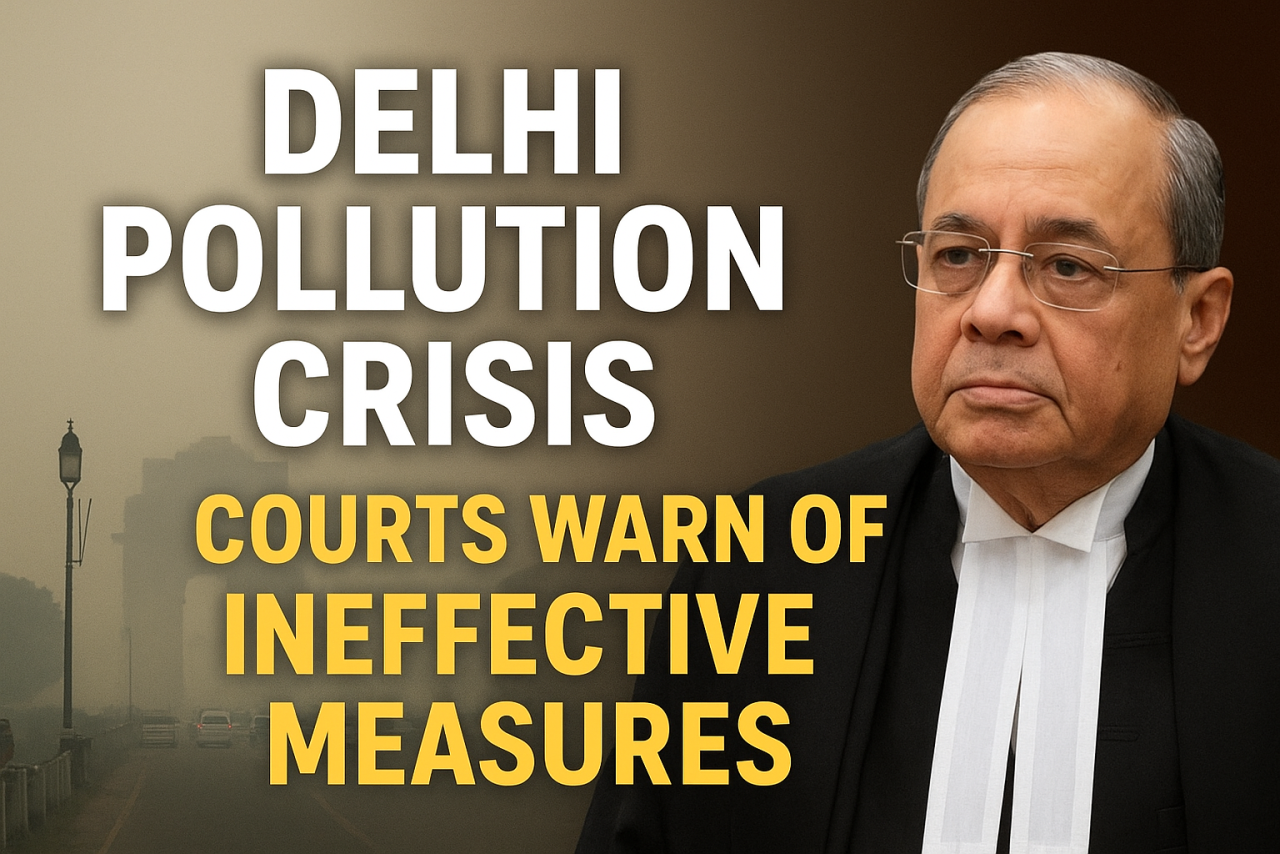
India is bracing for an exceptionally hot summer in 2025, with temperatures projected to be above average across most regions. According to the India Meteorological Department (IMD), both maximum and minimum temperatures in March 2025 are expected to remain significantly higher than normal. The impact of this heatwave is already being felt, as it poses a serious risk to winter crops like wheat, rapeseed, and chickpeas, potentially leading to reduced yields for the fourth consecutive year.
The rising heat levels are expected to push electricity consumption to unprecedented levels, with peak demand anticipated to surpass 270 gigawatts (GW)—compared to 250 GW last summer. This dramatic increase in power usage is primarily driven by higher residential and industrial cooling needs, along with growing economic activity and increased electrification across rural India. In response, India’s thermal power plants have significantly increased their coal reserves to ensure an uninterrupted electricity supply.
Rising Coal Reserves: A Strategic Move
The latest figures from the Central Electricity Authority (CEA) show that the stock of domestically produced coal at thermal power plants has reached 50.6 million tonnes (mt). When combined with 3.57 mt of imported coal, the total coal reserves exceed 54 mt, ensuring a comfortable buffer to meet peak demand. This marks a significant increase from 47 mt in March 2024, reflecting better planning and preparedness.
The government has proactively taken measures to boost domestic coal production and has mandated that imported coal-based plants operate at full capacity until April to prevent supply shortages.These measures are part of a broader strategy to avoid the power crises experienced in previous years.
Sufficient Supply for Power Generation
As of February 26, 2025, a total of 54.2 mt of coal has been stocked across 188 thermal power plants, which have a combined generation capacity of 213 GW. This coal reserve is sufficient to sustain operations for 18 days, based on an average daily consumption of 2.93 mt. By comparison, in FY22, post-COVID demand surges led to severe coal shortages, causing frequent power cuts and supply disruptions. The current stronger stockpiling measures indicate improved preparedness and coordination among coal suppliers, power generators, and the government.
Government Initiatives to Secure Power Availability
The government has introduced several key initiatives to ensure that power plants remain well-stocked and operational throughout the summer months. The power ministry has extended Section 11 of the Electricity Act, requiring imported coal-based plants to operate at full capacity as per government orders. This move ensures that alternative energy sources remain available, reducing pressure on domestic coal supplies. Additionally, the coal ministry has set a long-term goal of maintaining at least 50 mt of opening stock at thermal power plants by April 1, 2026. Power plants have already surpassed interim targets, reflecting enhanced planning and execution. While coal remains the backbone of India’s power sector, the government is also accelerating renewable energy adoption. Solar and wind power capacity is being expanded to reduce dependency on fossil fuels in the long run.
A Stable Summer Ahead
The combined efforts of coal producers, power generators, and government policies have placed India in a strong position to handle peak summer electricity demand. Unlike past years, where power shortages and coal supply issues created a crisis, this year’s strategic stockpiling and operational mandates ensure reliability.
While temperature spikes will increase power consumption, India’s well-planned energy strategy provides greater stability and resilience in the face of growing electricity needs. With thermal power plants well-stocked, renewable sources expanding, and government mandates in place, India’s power sector is better prepared than ever to keep the lights on this summer.
As the demand for cooling intensifies and industries ramp up production, India's energy sector stands resilient, prepared to meet the challenges of a scorching summer while ensuring uninterrupted power for millions.





















